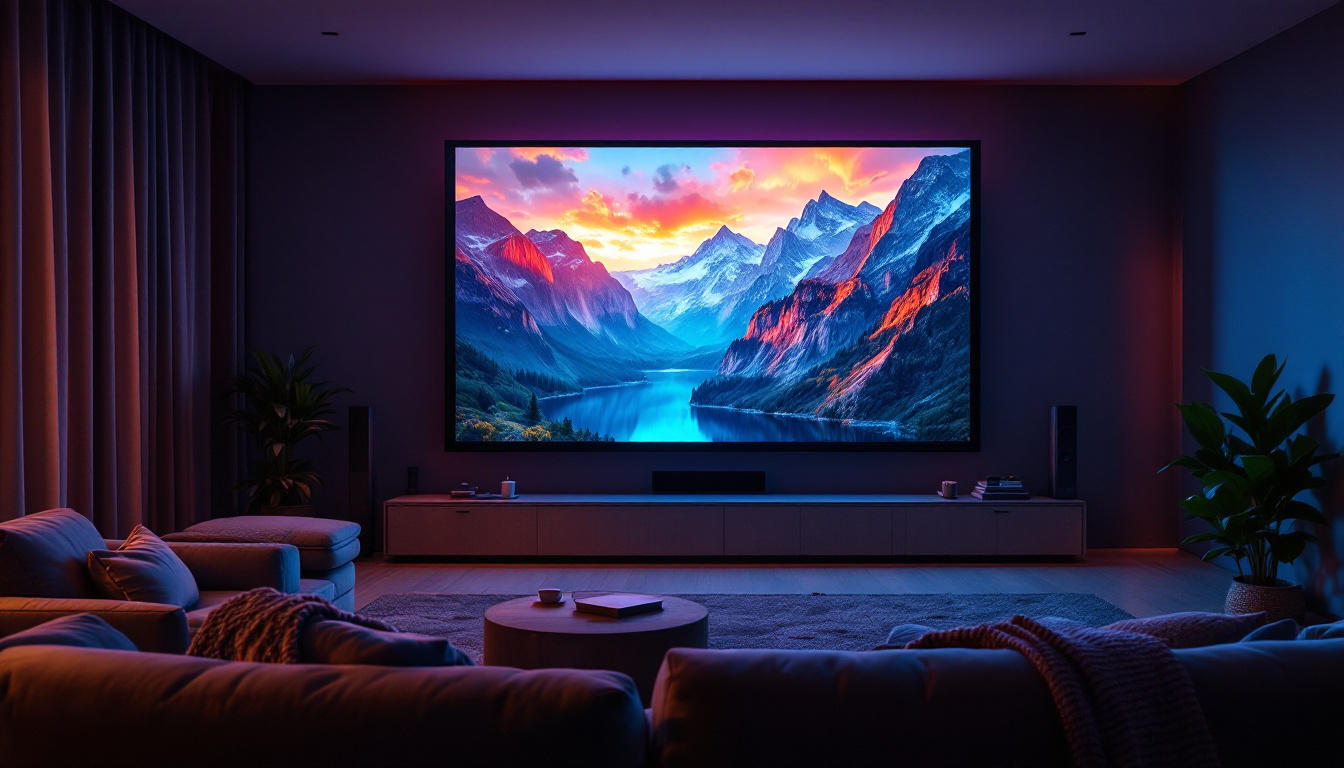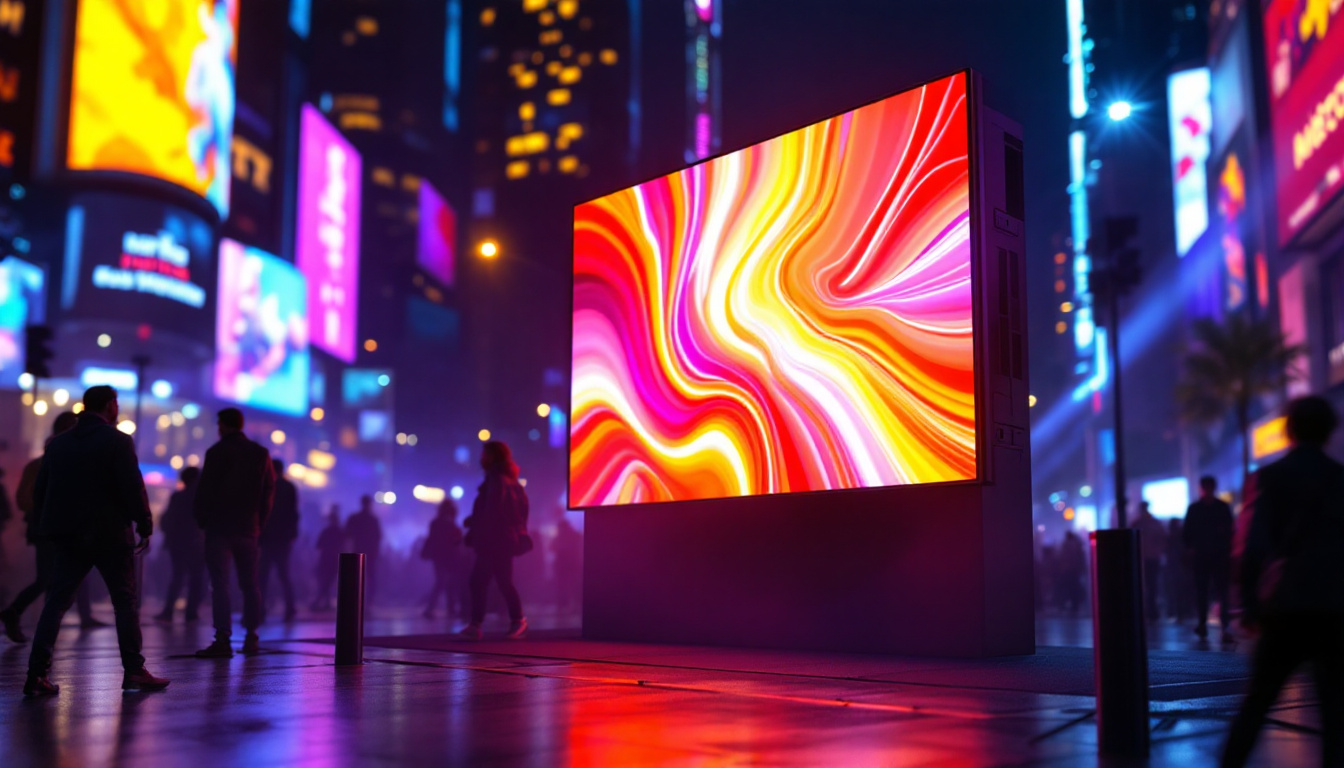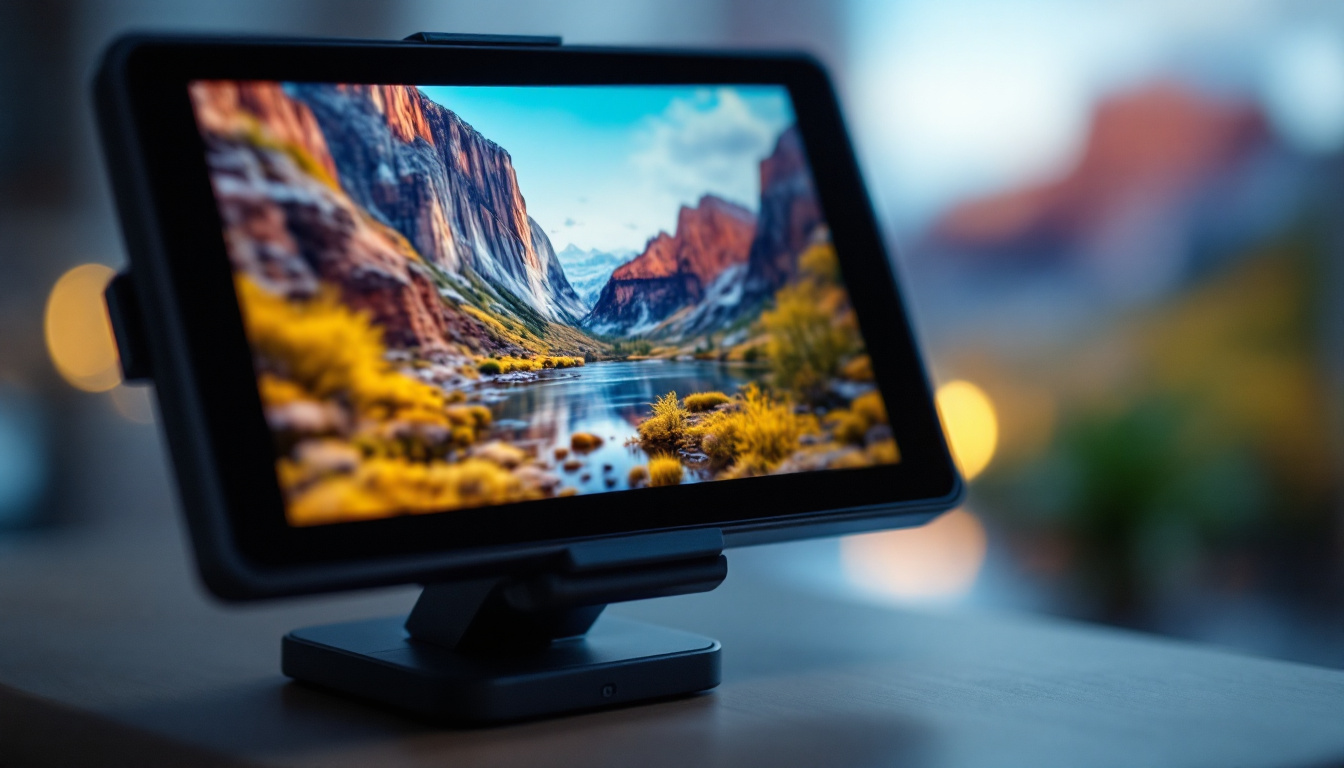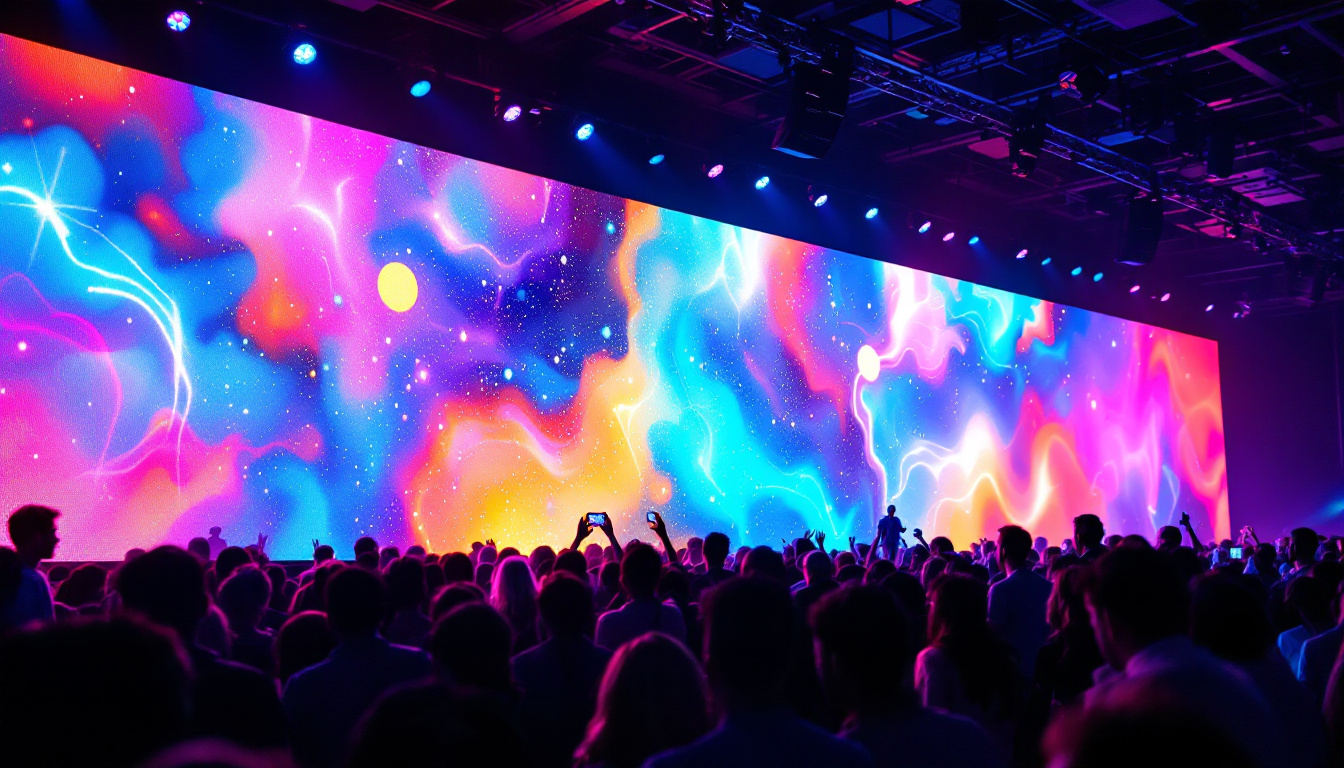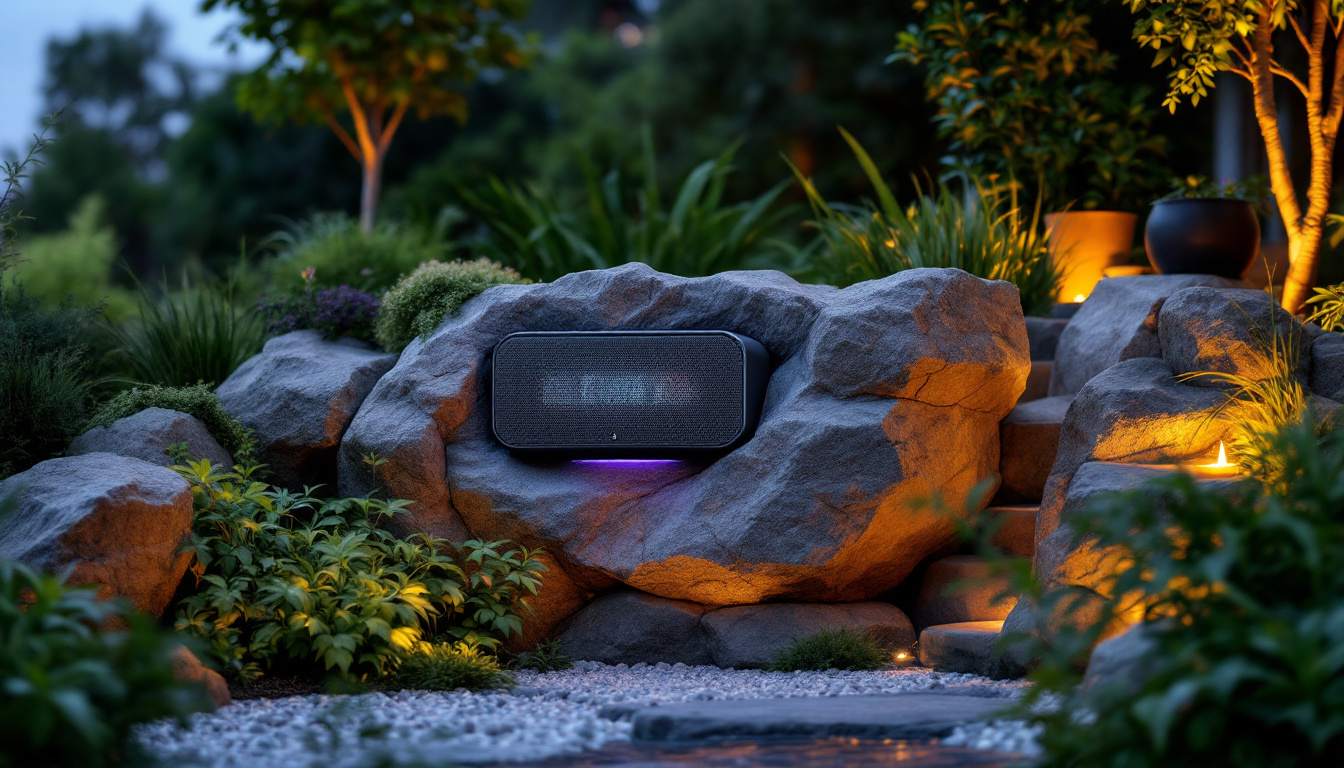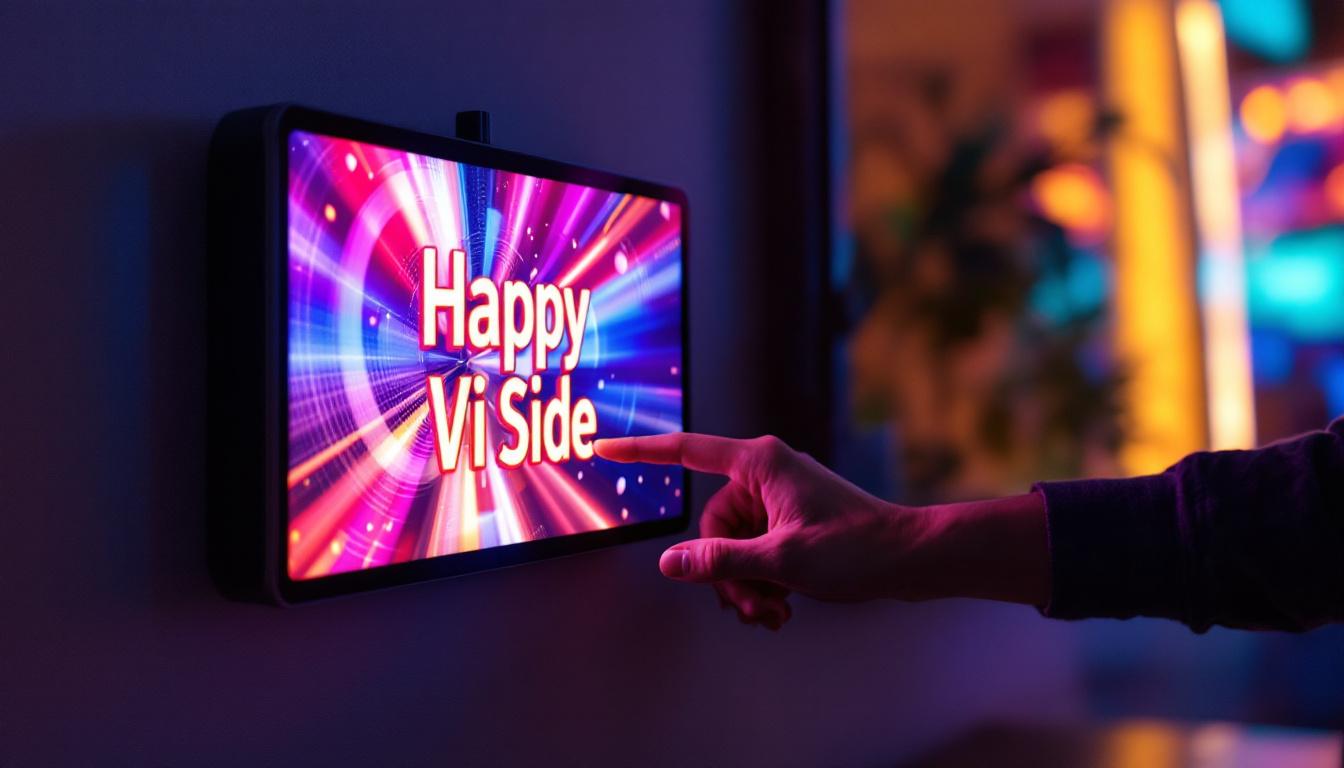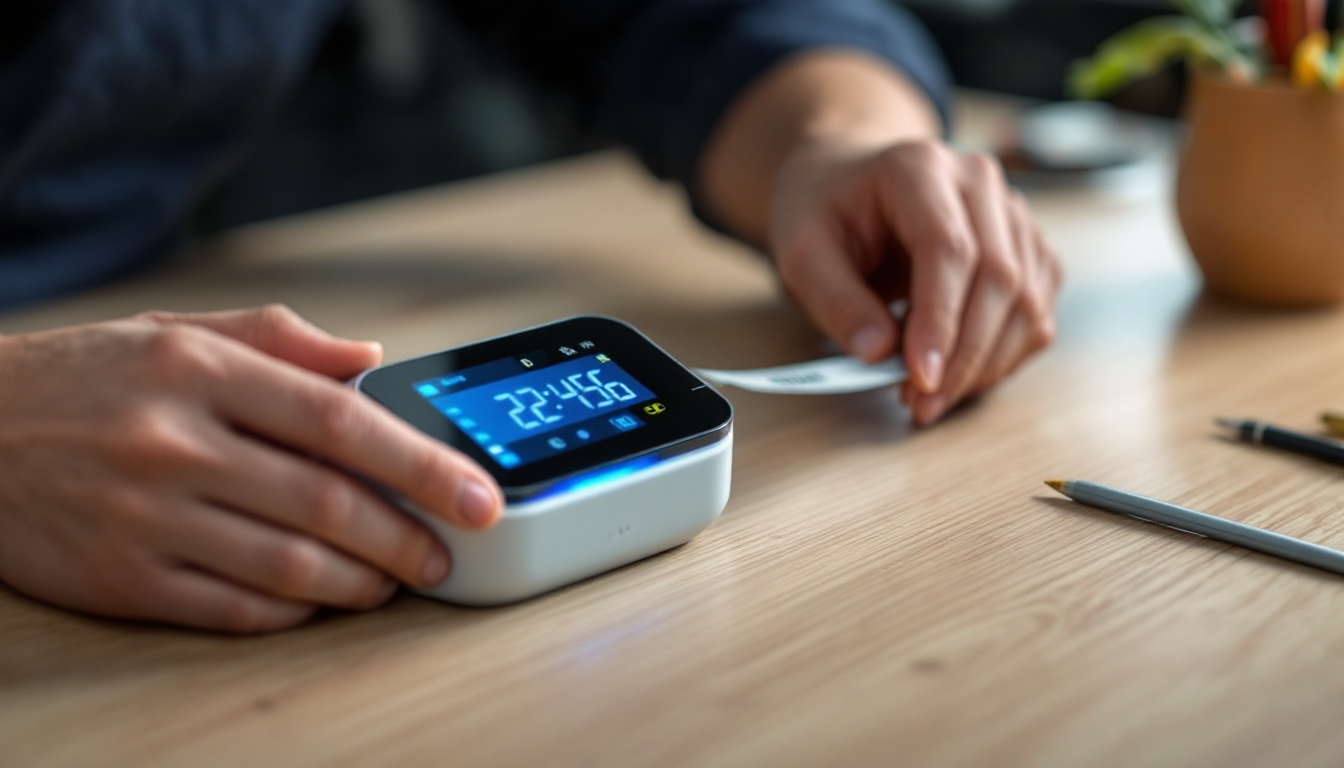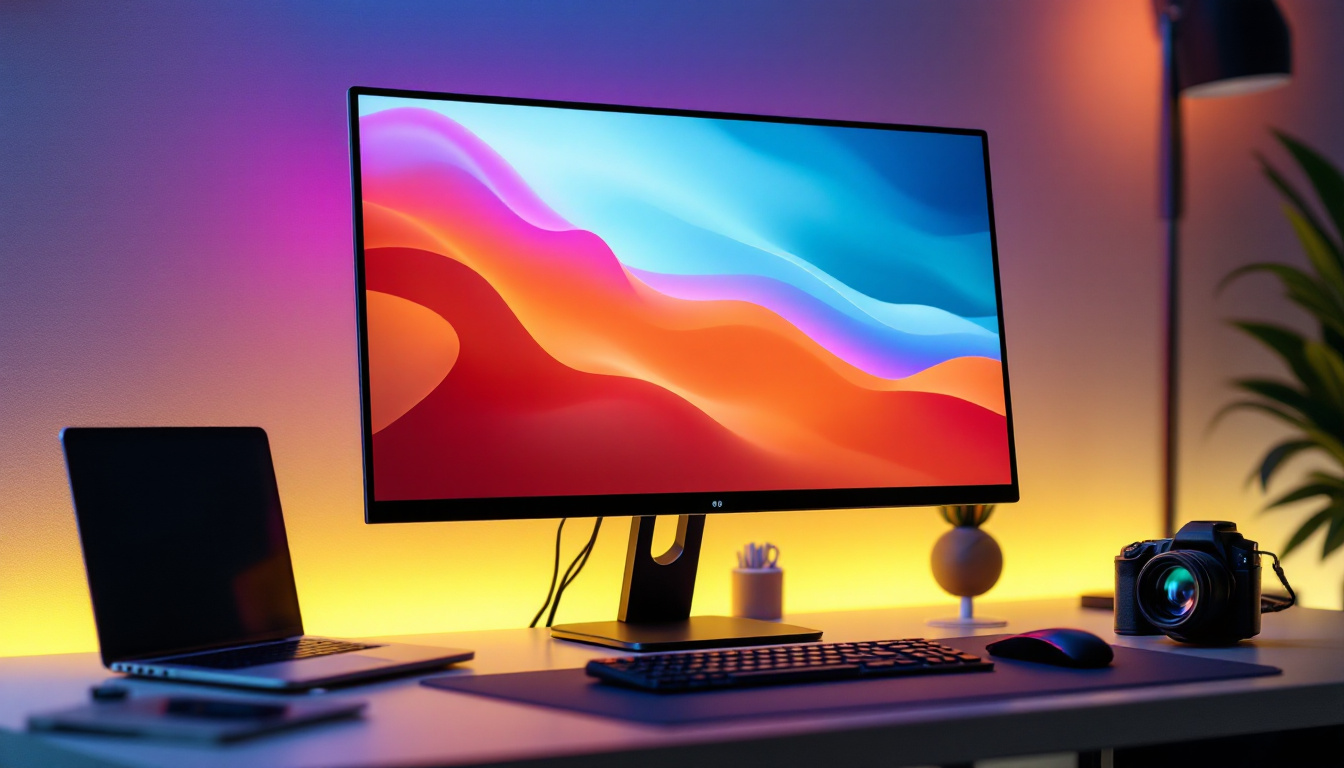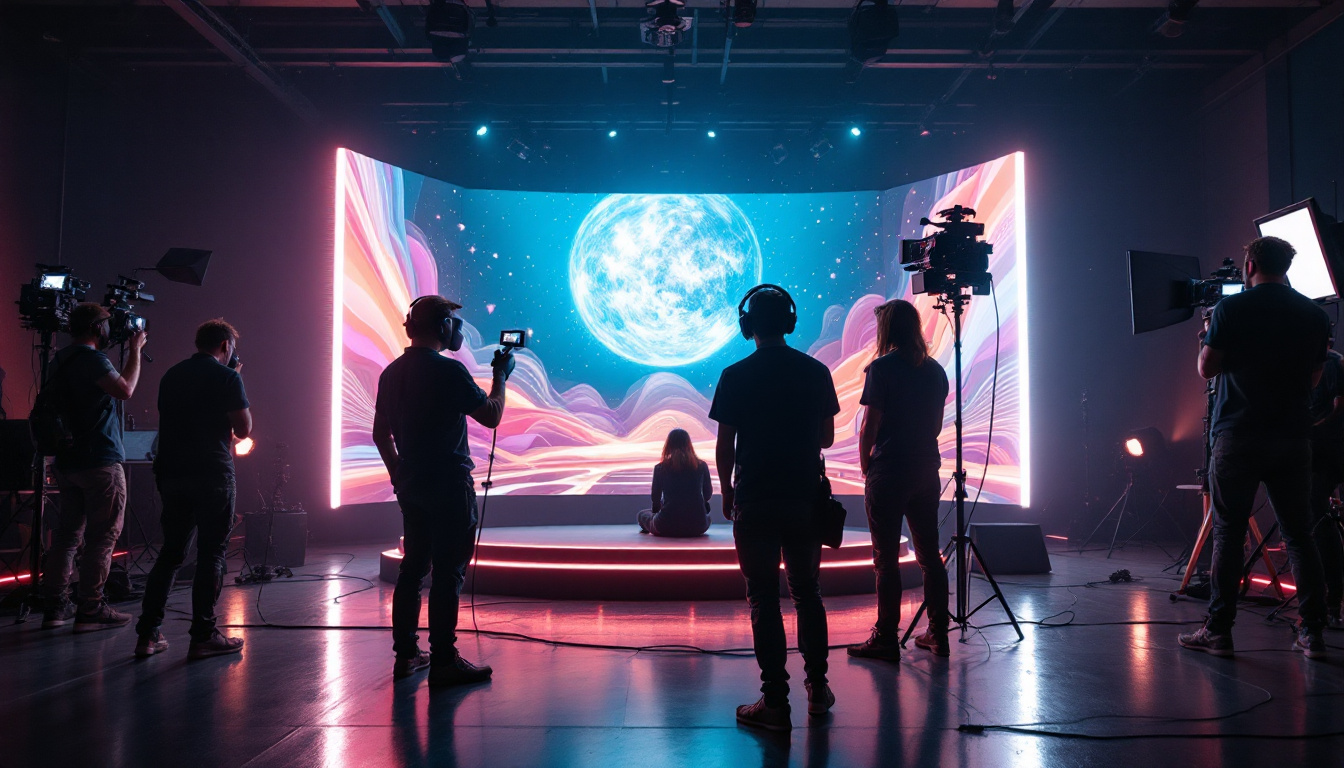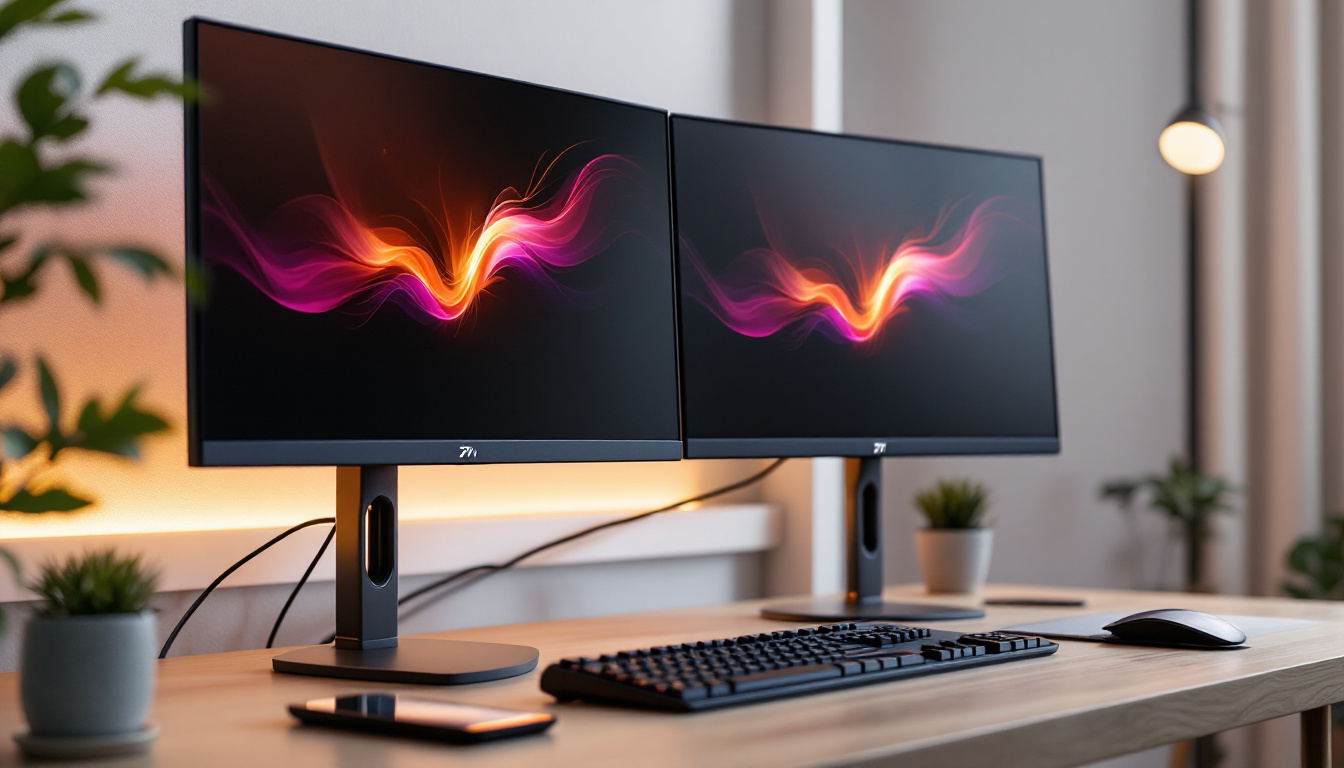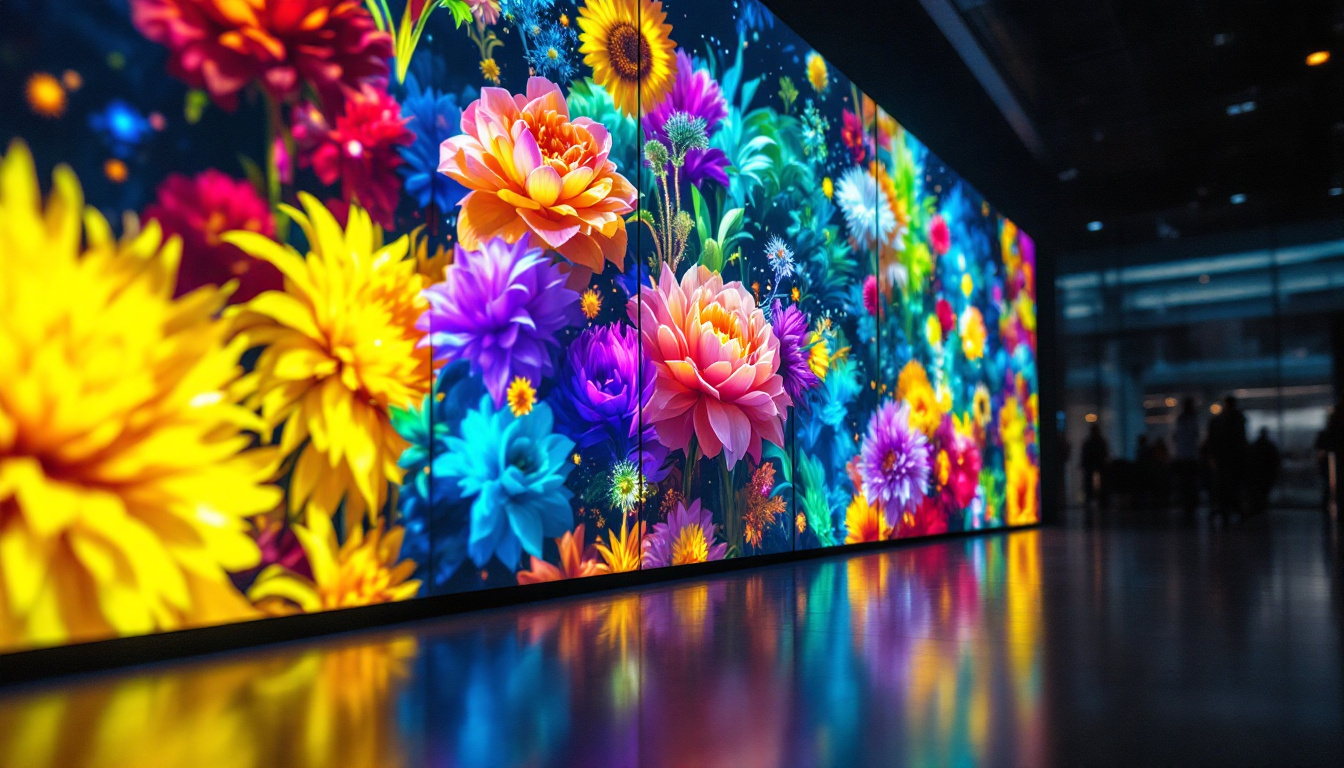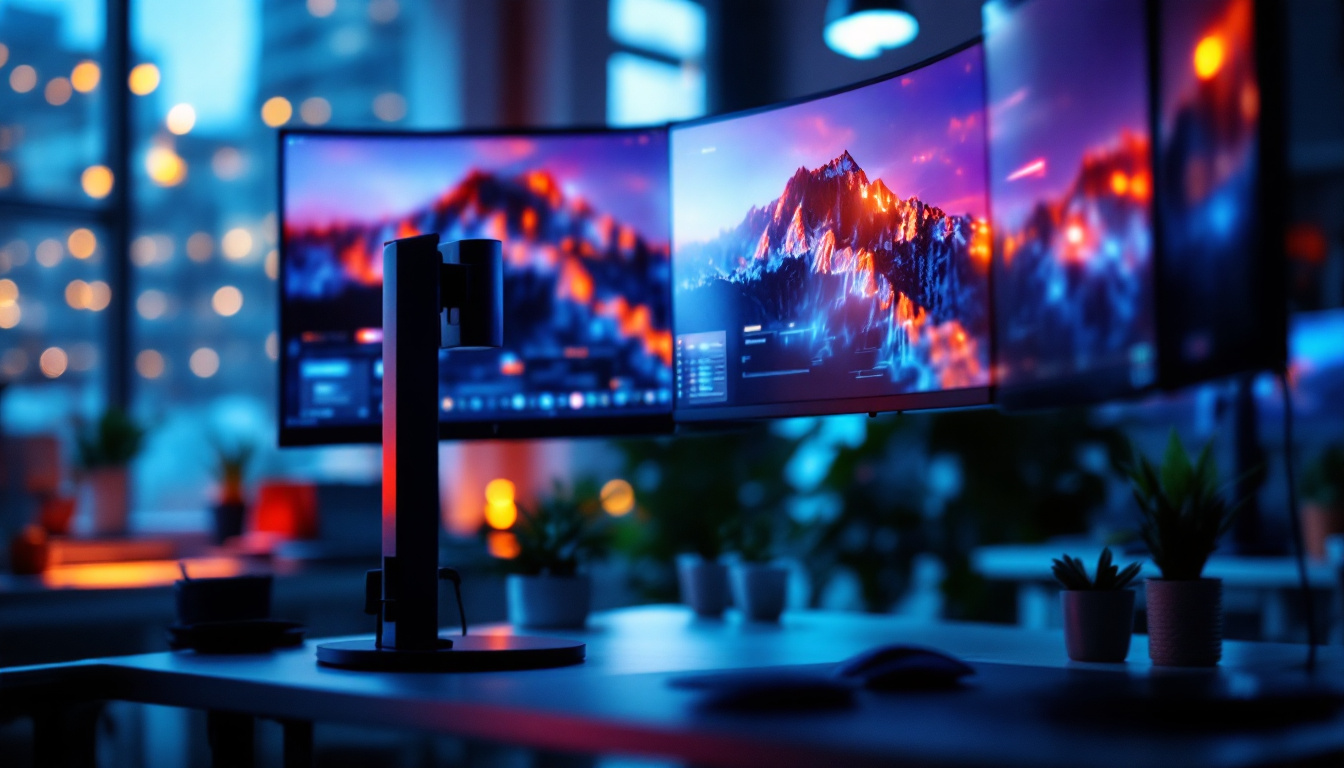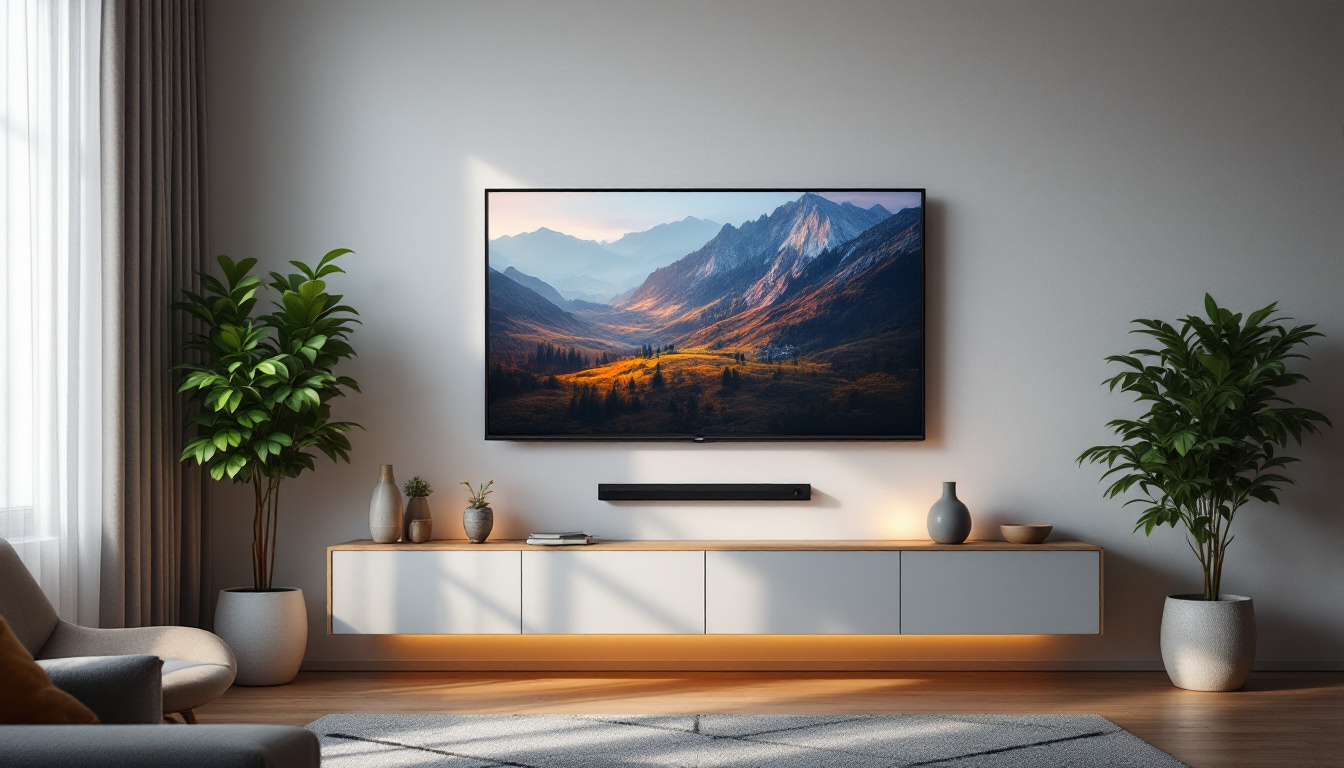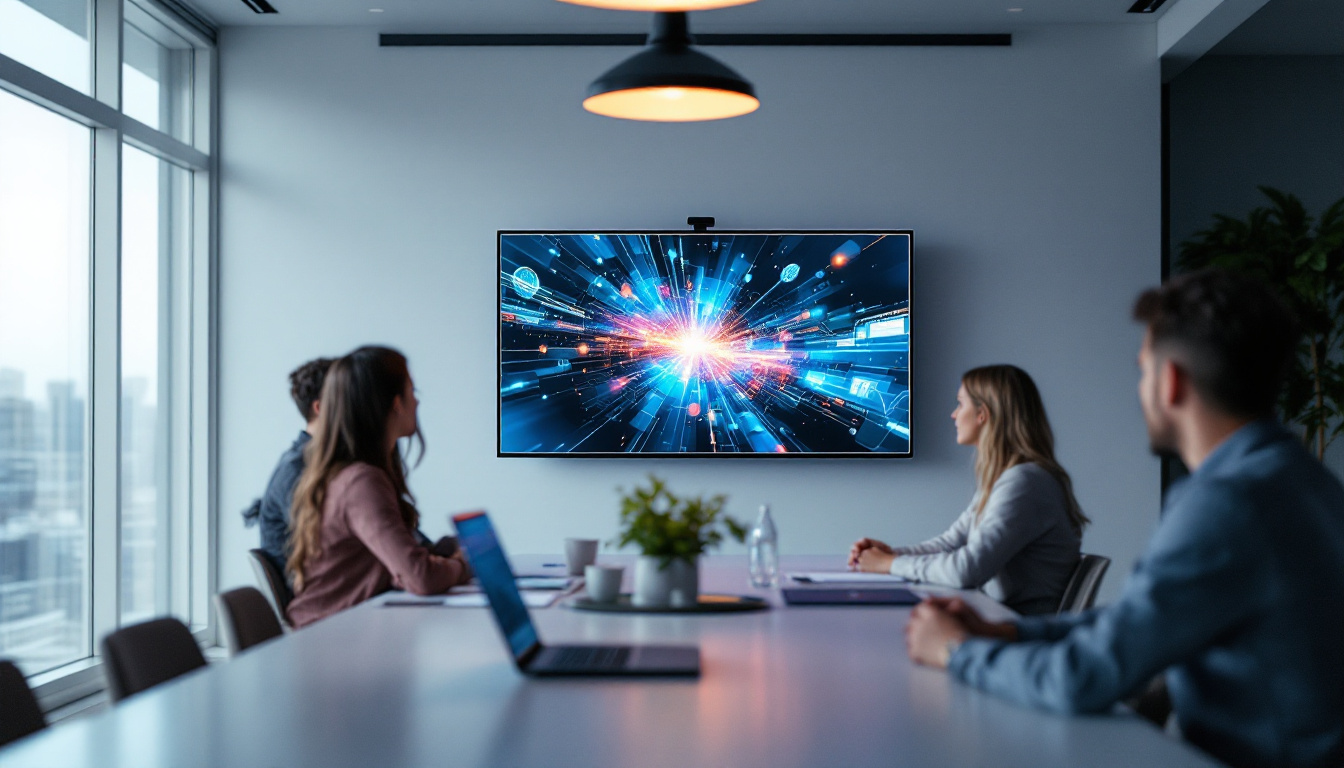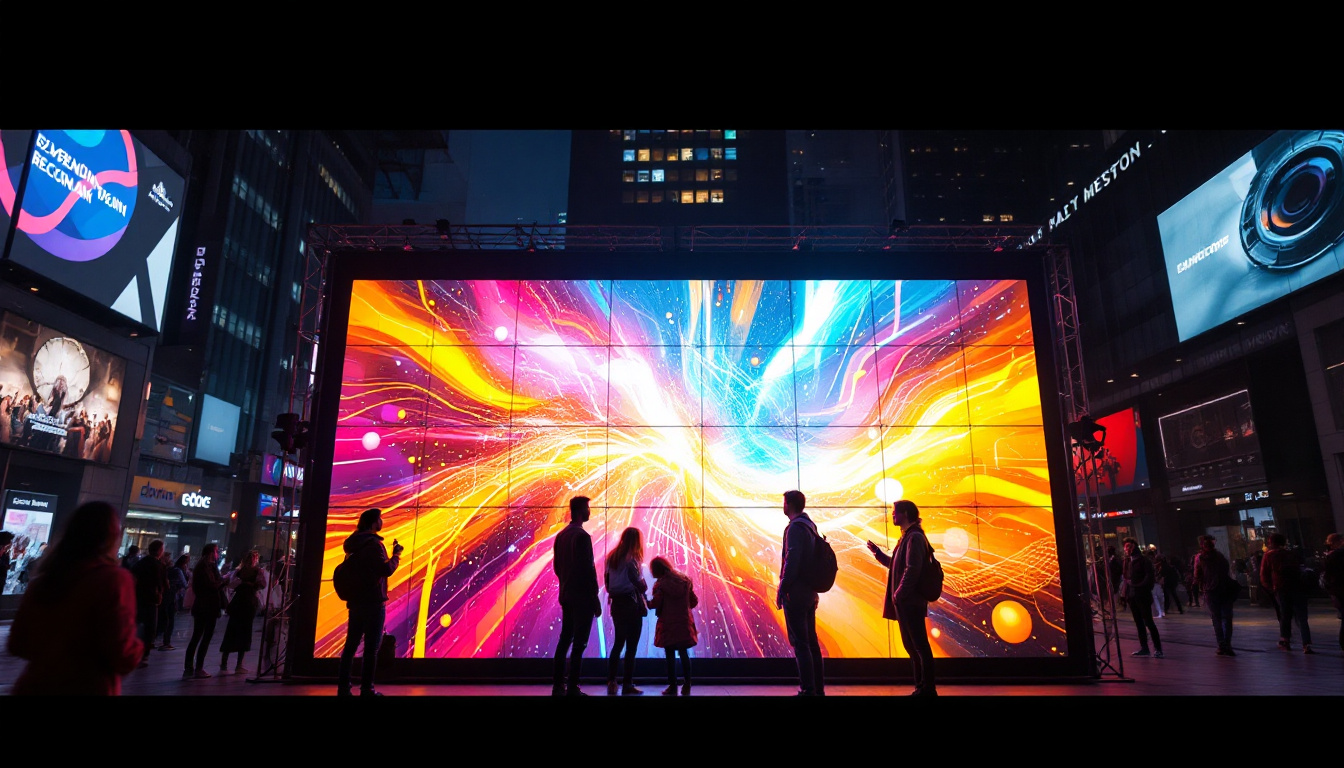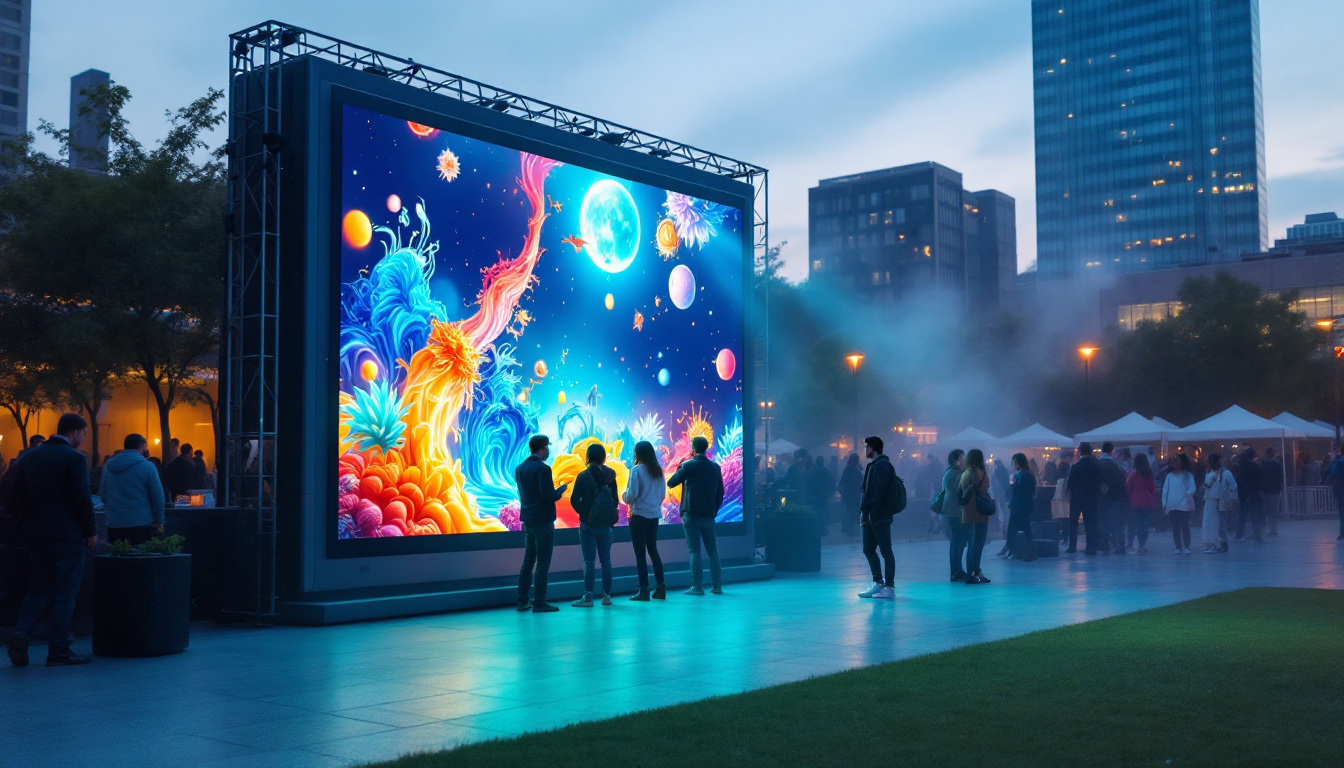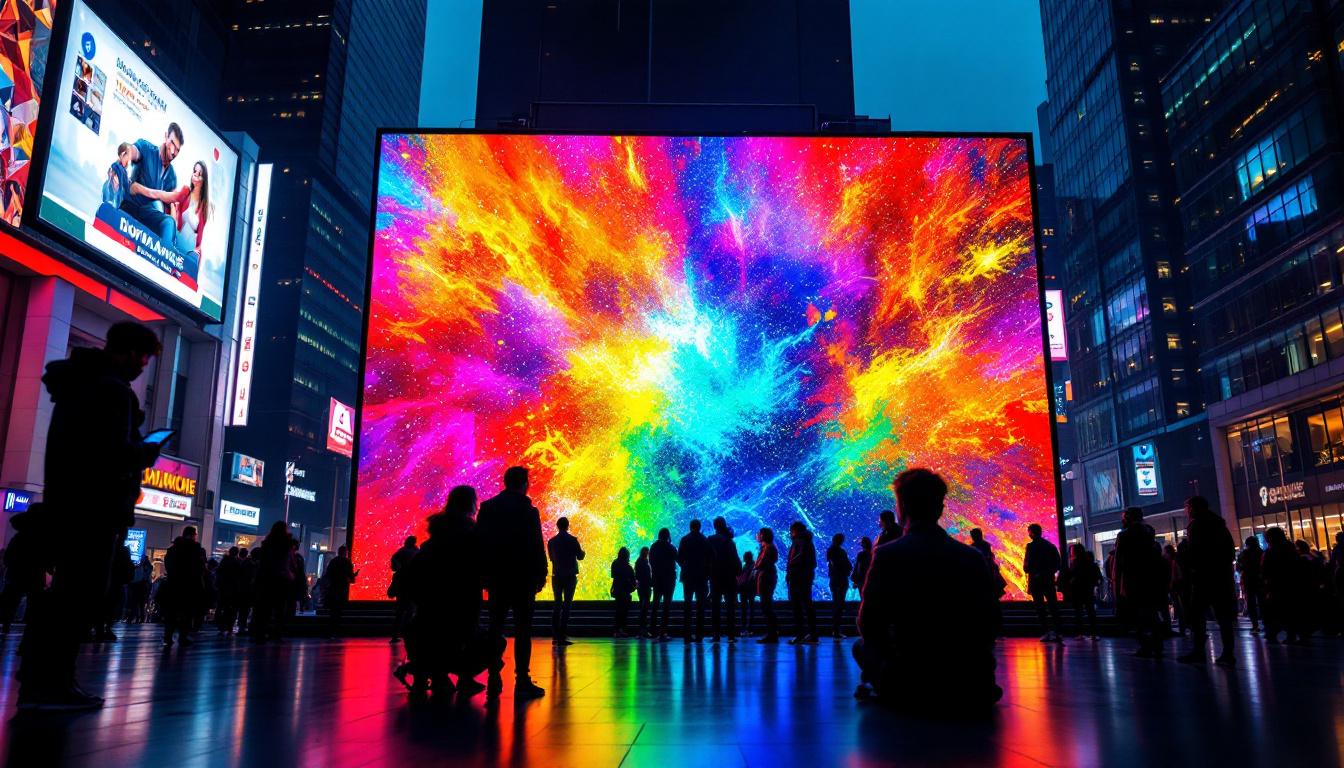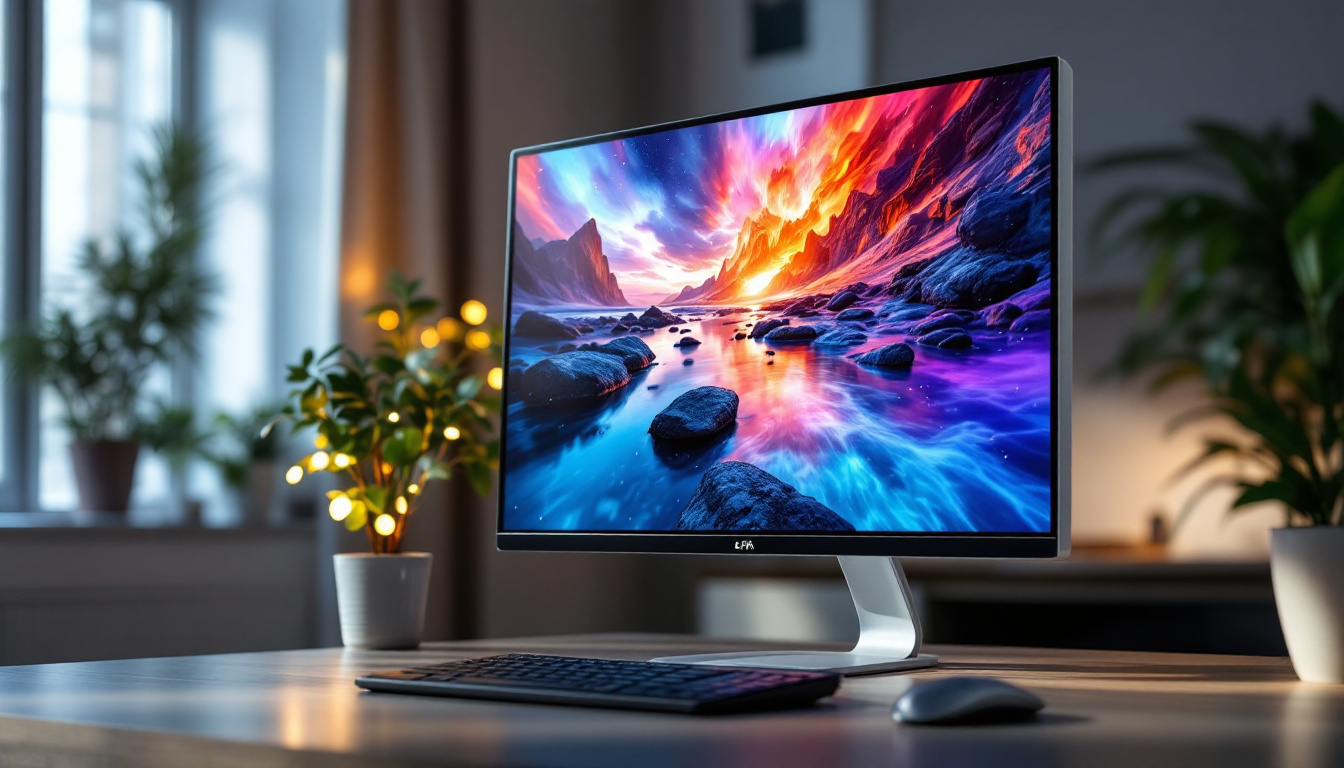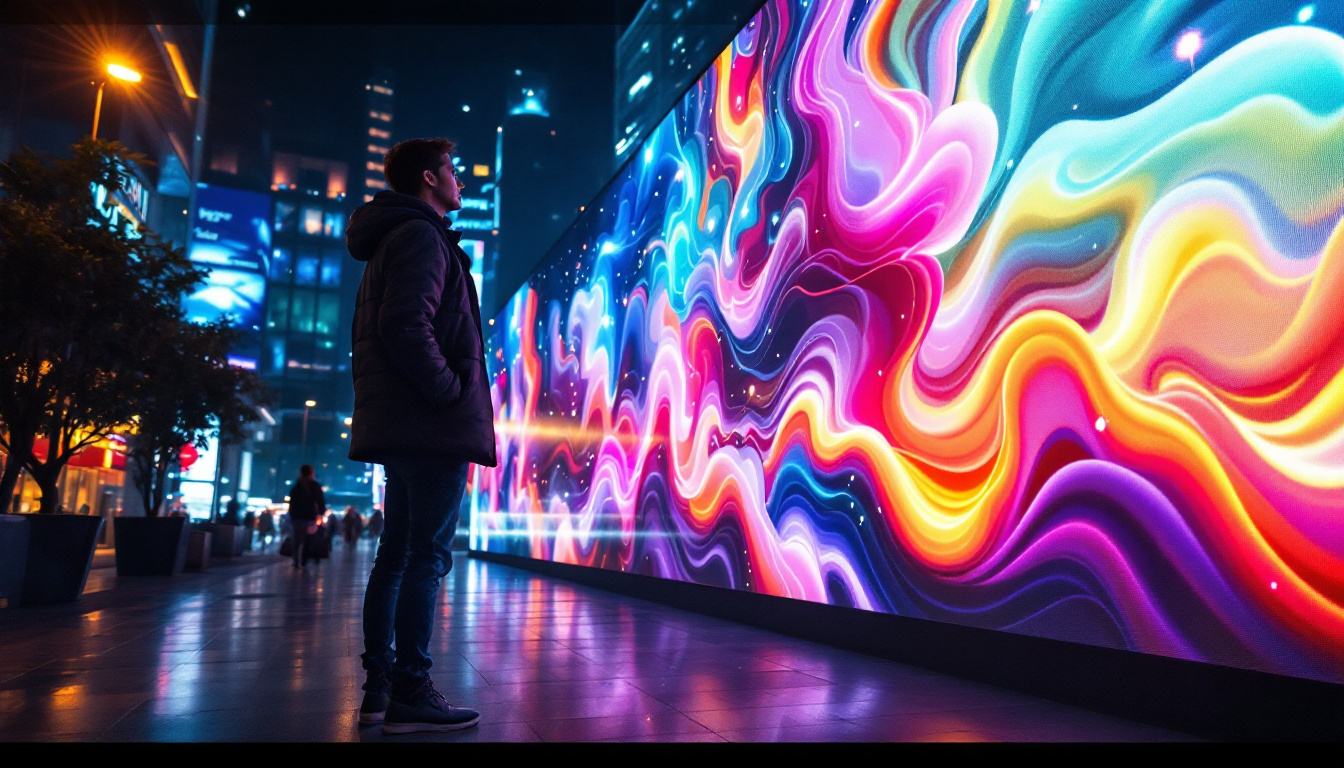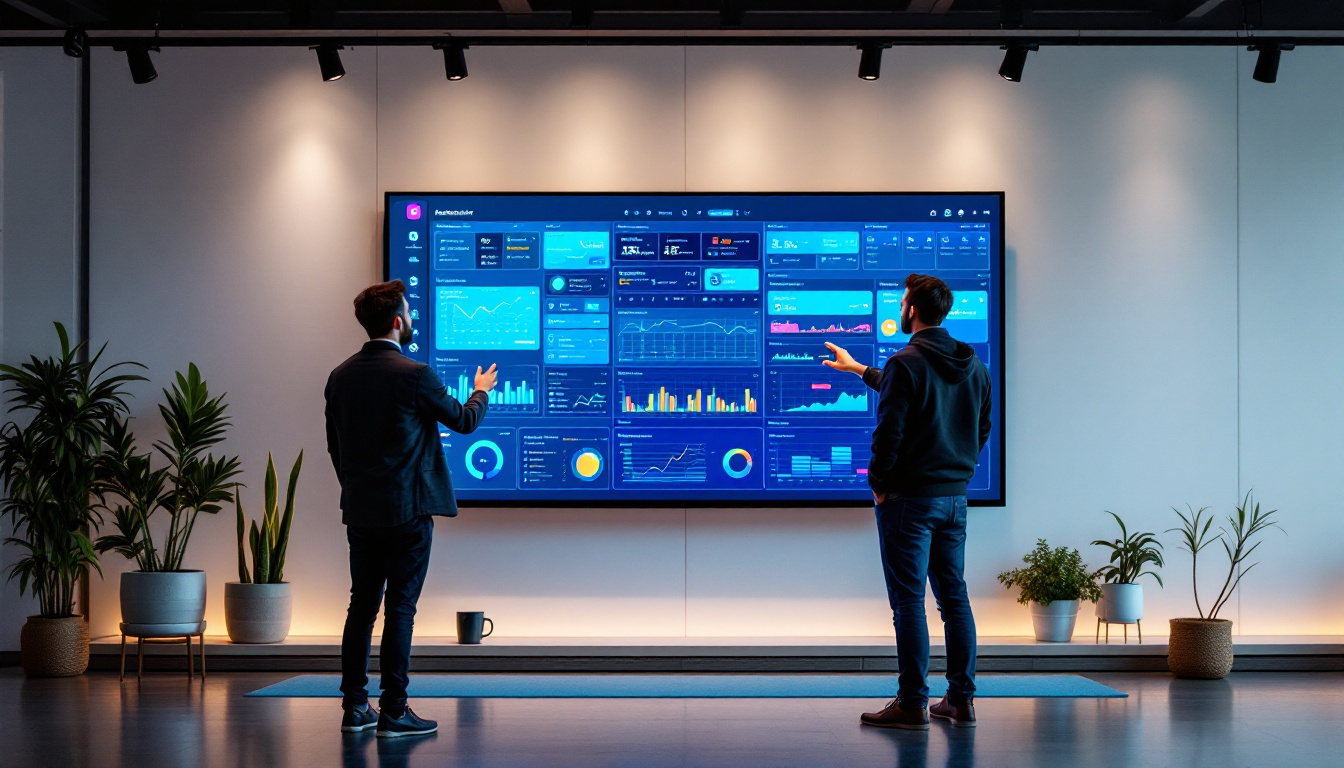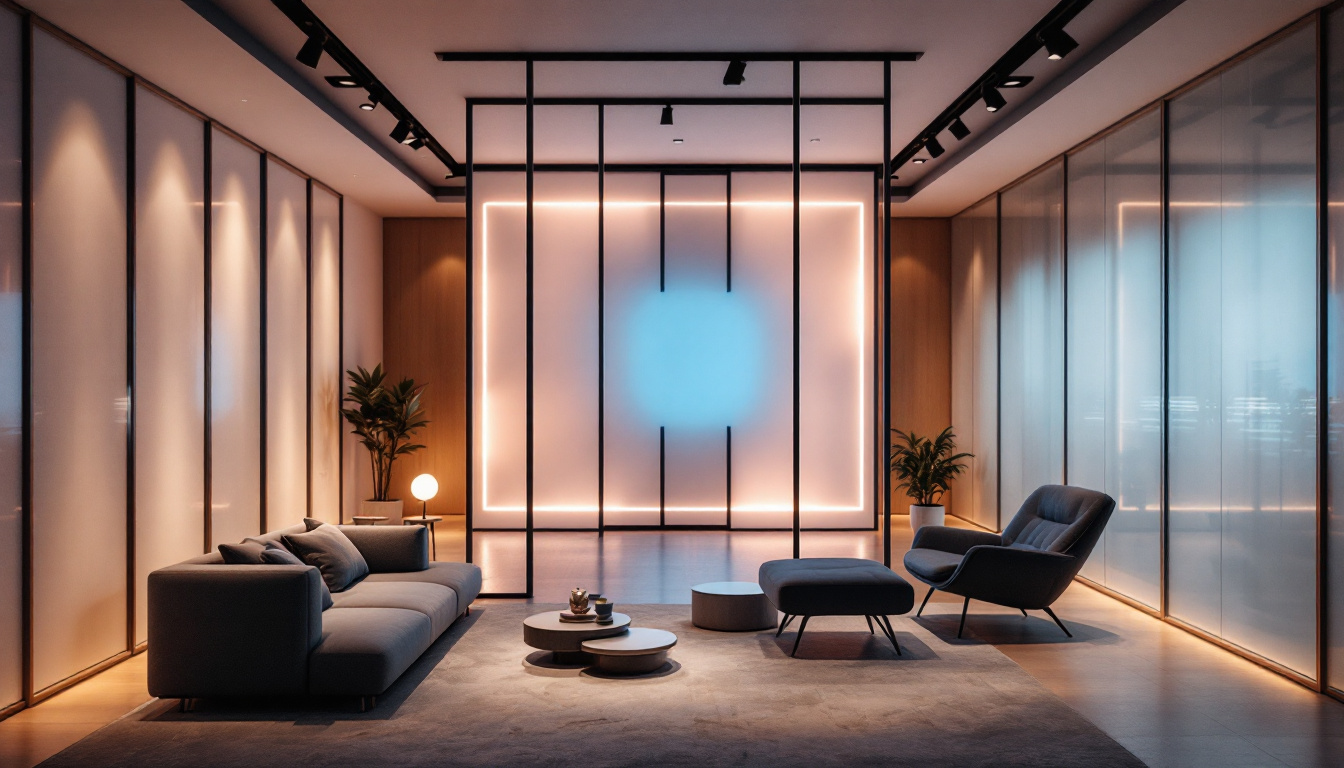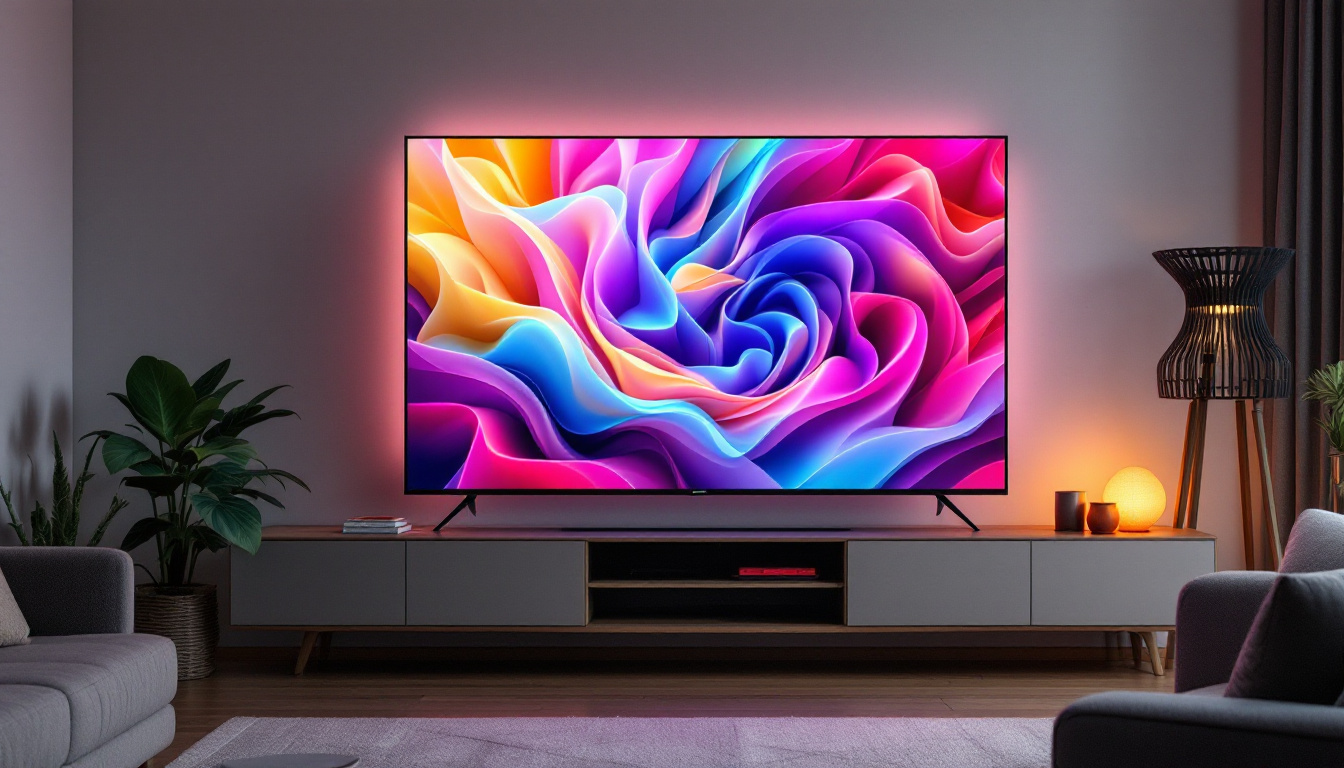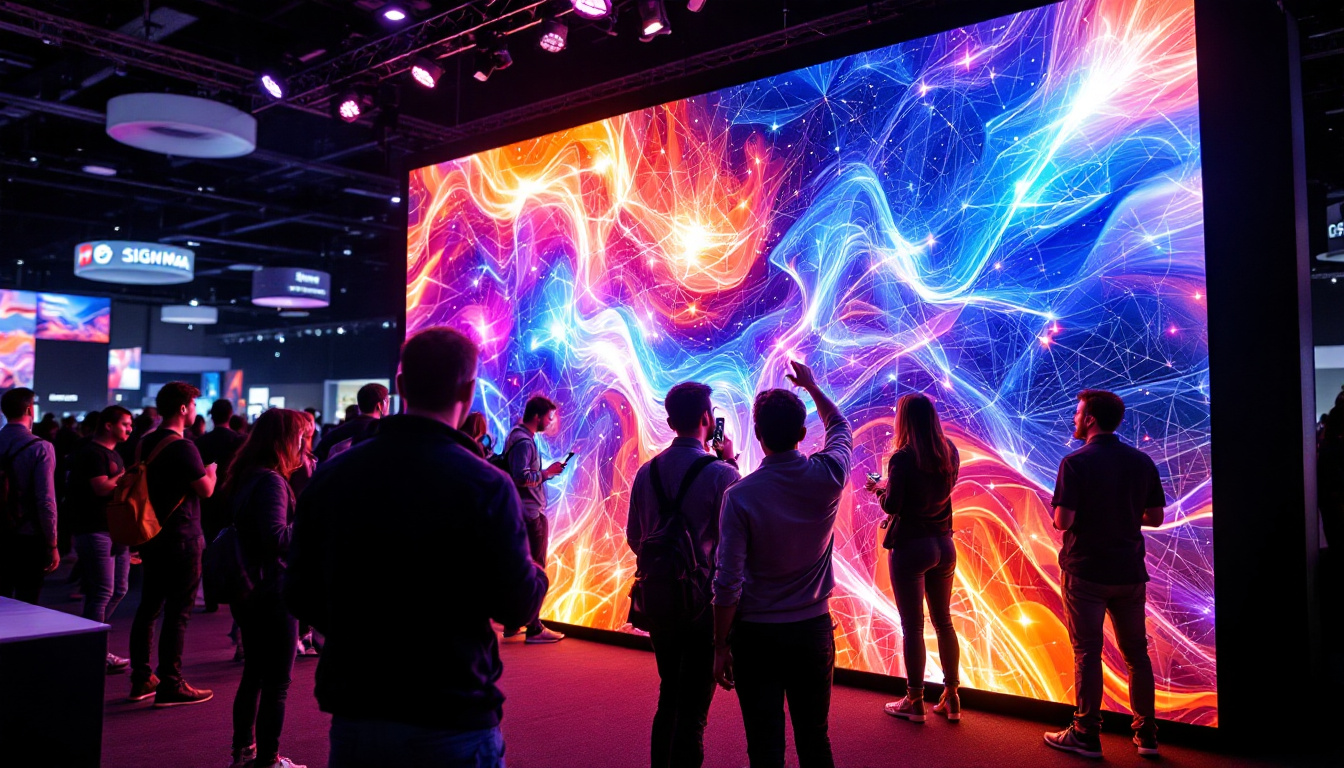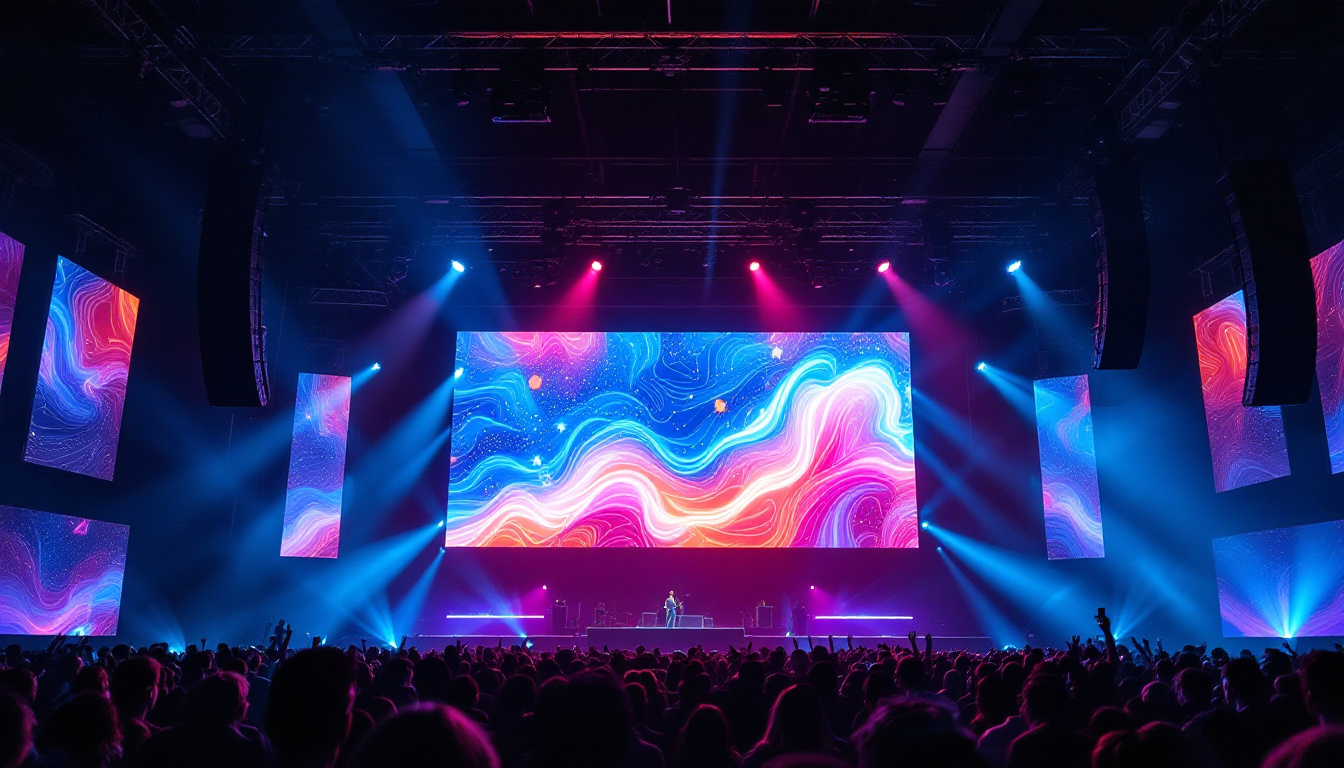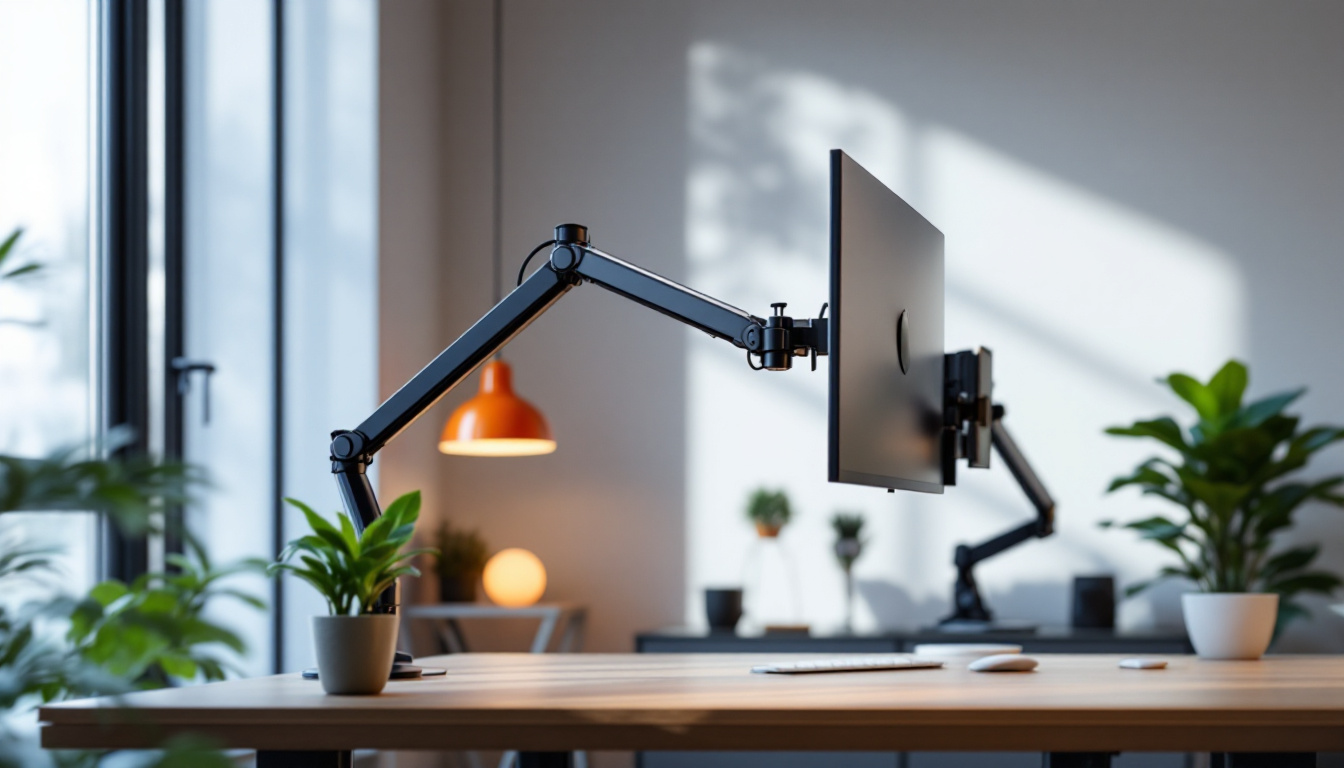In the world of home entertainment and professional presentations, the choice of display technology can significantly influence the overall experience. Among the various options available, a 98-inch projector screen paired with LED display technology stands out for its impressive size and visual clarity. This article delves into the intricacies of 98-inch projector screens, focusing on how LED displays enhance viewing experiences in both home and commercial settings.
Understanding Projector Screens
Projector screens serve as the canvas for projected images, and their quality can make a substantial difference in the viewing experience. A 98-inch screen offers a large viewing area, making it ideal for various applications, from movie nights at home to business presentations in conference rooms.
Types of Projector Screens
Projector screens come in several types, each designed for specific environments and uses. The most common types include fixed-frame screens, pull-down screens, and portable screens. Fixed-frame screens are permanently mounted and offer a sleek, professional look, while pull-down screens can be retracted when not in use, making them versatile for different settings. Portable screens are ideal for traveling presentations, providing flexibility for users on the go.
When selecting a projector screen, it is crucial to consider the ambient lighting of the room, the projector’s brightness, and the screen’s gain, which measures how well the screen reflects light. A higher gain can enhance brightness but may narrow the viewing angle, while a lower gain can provide a wider viewing angle but may result in a dimmer image. Additionally, some screens are designed specifically for certain types of projectors, such as ultra-short throw projectors, which require specialized surfaces to optimize image quality.
The Importance of Size
The size of a projector screen plays a vital role in the overall viewing experience. A 98-inch screen is particularly advantageous for larger rooms or audiences, allowing viewers to enjoy a cinematic experience without straining their eyes. In home theaters, this size can create an immersive environment, making viewers feel as if they are part of the action.
In professional settings, a larger screen ensures that everyone in the room can see the presentation clearly, regardless of their seating position. This is especially important in larger conference rooms or auditoriums, where distance can hinder visibility. Furthermore, the aspect ratio of the screen should also be taken into account; a 16:9 ratio is standard for most films and presentations, while a 4:3 ratio may be better suited for traditional slideshows. Understanding these dimensions can help enhance the viewer’s experience and ensure that the content is displayed in the most effective manner possible.
Moreover, the material of the screen can significantly influence the quality of the image projected. High-quality screens are often made from materials that enhance contrast and color accuracy, providing a more vibrant viewing experience. Some screens even come with special coatings that minimize glare and reflections, which can be particularly beneficial in brightly lit environments. By investing in a quality screen that complements the projector’s capabilities, users can maximize the potential of their audiovisual setup and create a more engaging experience for their audience.
LED Display Technology
LED (Light Emitting Diode) technology has revolutionized the way images are displayed. Known for their vibrant colors and high contrast ratios, LED displays are becoming increasingly popular for projector screens. Understanding how LED technology works can help users appreciate its benefits.
How LED Displays Work
LED displays utilize an array of tiny light-emitting diodes to create images. Each diode produces light in various colors, which combine to form the full spectrum of visible colors. This method allows for exceptional brightness and clarity, making LED displays suitable for both dark and well-lit environments.
One of the key advantages of LED technology is its energy efficiency. Compared to traditional projection methods, LED displays consume less power while providing superior image quality. This efficiency not only reduces energy costs but also contributes to a more sustainable viewing experience.
Benefits of LED Projector Screens
Choosing a 98-inch projector screen with LED technology offers several distinct advantages. Firstly, LED screens typically provide enhanced color accuracy and saturation, resulting in more lifelike images. This is particularly beneficial for movies, where vibrant colors can significantly enhance the storytelling experience.
Moreover, LED displays have a longer lifespan than traditional projection lamps, which often require frequent replacements. This longevity means less maintenance and lower overall costs for users. Additionally, LED screens are less susceptible to burn-in issues, making them ideal for displaying static images or presentations over extended periods.
Another compelling feature of LED projector screens is their ability to achieve high refresh rates, which is crucial for fast-paced content such as sports or action films. This capability minimizes motion blur, ensuring that viewers enjoy a smooth and immersive experience. Furthermore, many LED displays support advanced technologies like HDR (High Dynamic Range), which enhances the contrast and color range even further, making scenes appear more dynamic and realistic.
In addition to their technical advantages, LED projector screens are also designed with aesthetics in mind. Many models come with ultra-slim bezels and sleek finishes, allowing them to blend seamlessly into modern home or office environments. This combination of performance and design makes LED displays not only a functional choice but also a stylish one, appealing to both tech enthusiasts and casual users alike.
Choosing the Right 98 Inch Projector Screen
When selecting a 98-inch projector screen, several factors should be considered to ensure the best fit for specific needs. Understanding these factors can help users make an informed decision that enhances their viewing experience.
Aspect Ratio Considerations
The aspect ratio of a projector screen is crucial, as it determines the width-to-height ratio of the displayed image. Common aspect ratios include 16:9, which is ideal for widescreen movies and television shows, and 4:3, which is more suited for traditional presentations and older content. A 98-inch screen typically comes in a 16:9 aspect ratio, making it perfect for modern media consumption.
Choosing the right aspect ratio ensures that the content is displayed correctly without any distortion or cropping. For instance, using a 16:9 screen for widescreen movies allows viewers to enjoy the full cinematic experience without losing any visual information. Additionally, some users may want to consider the 2.35:1 aspect ratio for a true cinematic experience, especially if they plan to watch a lot of films that utilize this format. This wider aspect ratio can provide a more immersive experience, making viewers feel as though they are part of the action.
Screen Material and Gain
The material of the projector screen can significantly impact image quality. Different materials have varying reflectivity, which affects brightness and color reproduction. For example, matte white screens are popular for their wide viewing angles, while high-gain screens can enhance brightness in well-lit environments.
Understanding the gain of a screen is essential when selecting the right material. A gain of 1.0 is considered standard, reflecting light evenly across the surface. Higher gain screens can amplify brightness but may limit the viewing angle, making them less suitable for larger audiences. Conversely, low-gain screens might provide a wider viewing angle but may require a more powerful projector to achieve the desired brightness. Therefore, it’s important to assess the lighting conditions of the room where the screen will be used, as well as the projector’s specifications, to ensure optimal performance.
Moreover, the choice of screen material can also influence the overall aesthetic of the home theater or presentation space. Some screens come with a black border that enhances contrast and focuses the viewer’s attention on the projected image. Others may feature a tensioned surface that minimizes wrinkles and ensures a perfectly flat display, which is particularly beneficial for high-definition content. As such, users should consider both the functional and visual aspects of the screen material to create an engaging viewing environment that complements their setup.
Installation and Setup
Proper installation and setup of a 98-inch projector screen are critical for achieving optimal performance. Whether it’s a fixed-frame screen or a pull-down model, following best practices can enhance the viewing experience.
Mounting Options
For fixed-frame screens, wall mounting is the most common option. It is essential to select a sturdy wall that can support the screen’s weight and ensure it is positioned at an appropriate height for viewing. The ideal height is typically at eye level when seated, which can vary based on the room’s layout.
For pull-down screens, ceiling mounting is often preferred, allowing for a clean and unobtrusive installation. This option also provides flexibility, as the screen can be retracted when not in use, maintaining the room’s aesthetic appeal.
Calibration and Adjustment
After installation, calibrating the projector and screen is vital to achieve the best image quality. This process involves adjusting settings such as brightness, contrast, and color balance to match the specific environment. Many projectors come with built-in calibration tools, but manual adjustments may be necessary for optimal results.
Additionally, ensuring that the projector is properly aligned with the screen is crucial. Misalignment can lead to distortion or keystone effects, which can detract from the viewing experience. Taking the time to properly set up and calibrate the system can significantly enhance image quality and viewer satisfaction.
Conclusion
A 98-inch projector screen combined with LED display technology offers an exceptional viewing experience, whether for entertainment or professional presentations. Understanding the various aspects of projector screens, LED technology, and the factors influencing screen selection can empower users to make informed decisions.
As the demand for high-quality visual displays continues to grow, investing in a 98-inch LED projector screen can provide a significant return in terms of enjoyment and productivity. With the right setup, users can transform their viewing spaces into immersive environments that captivate audiences and enhance the overall experience.
In summary, whether for a home theater, classroom, or corporate setting, a 98-inch projector screen with LED technology represents a powerful tool for delivering stunning visuals that engage and inspire. By considering the various factors discussed, users can ensure they select the perfect screen to meet their unique needs.
Discover LumenMatrix’s Advanced LED Solutions
Ready to elevate your viewing experience with a 98-inch LED projector screen? Look no further than LumenMatrix, a pioneer in LED display technology. Our extensive range of solutions, from Indoor and Outdoor LED Wall Displays to Custom and All-in-One LED Displays, is designed to bring your visual presentations to life. Embrace the future of visual communication with our innovative LED displays that promise to enhance engagement and leave a lasting impression. Check out LumenMatrix LED Display Solutions today and transform your space into an immersive visual spectacle.

